This article focuses largely on yogasanas and not on the other forms of yoga such as Dhyana-yoga, Bhakti-yoga and Karma-yoga.
Yoga: Origin

Yoga. When we hear the term today, our mind automatically goes to the physical act of doing yoga along with its props – yoga mats, yoga blocks, deep breaths, a calm atmosphere, and advanced yoga poses and stretches.
But the basis of yoga is much more than just its physical aspect. In a nutshell, yoga is the union of the body and mind so that we merge into Universal consciousness.
Confused?
No worries, we’re about to break it down.
First up, the origin of the word, yoga. It is derived from the Sanskrit yuj which means to yoke or to unite.
According to Indian scripture, the complete practice of Yoga leads one’s individual consciousness to dissolve into the Universal consciousness (or God or Nature or the Divine, or any other name that suits the reader, for a rose, by any other name, would smell just as sweet, after all).
This occurs when man’s mind and body are in perfect alignment. In other words, one’s actions, thoughts and words are in complete harmony.
The being who experiences this state of oneness is a yogi, one who has attained liberation or moksha.
So, the aim of yoga? Self-realization. It is the perfect science, designed to bring about the ultimate freedom.
And do you know who the first ever yogi was?
Lord Shiva, the Destroyer. It was he who imparted the wisdom of this profound science to the seven sages (Saptarishis) who then carried the message into the world.
Modern-day Benefits of Yoga:
For motivation’s sake, let’s back-track for a bit and come back to yoga today which largely comprises two aspects – yoga poses and breathing exercises.
The first is, of course, further divided into further types – yoga poses for beginners, yoga poses for kids, advanced yoga poses, power yoga, aero yoga, yin yoga, goat yoga, beer yoga (both absolutely legitimate forms of yoga today!), and our classical forms of yoga, hatha and ashtanga.
These do have immense physical and mental benefits. Here are a few:
1. Strength, Flexibility and Balance:
Consistent holding of posture and deep stretching into poses help build strength and flexibility. Body balance is a natural by-product of the first two.
2. Body and Mind Relaxation:
Stretching and powering the body through different postures allows stagnant energy to begin flowing thus releasing emotional blocks in the mind as well. The end result is a feeling of complete rest and rejuvenation.
3. Community:
The yoga community is at least a billion-strong. No longer confined to the shores of India alone, the far-reaching impact of yoga has been both telling and transformational. One of its most tangible and life-altering benefits has been the presence of a loving, supportive community for an individual needing help.
Human beings are designed to be social beings. And community is a powerful tool for change.
4. Holistic Health:
Yoga’s biggest benefit is the fact that even when one focuses only on its physical aspect, overall transformation takes place anyway. This is because the ancient science has been brought into being for the sole purpose of divine union.
So, even when we choose only one aspect, we are rewarded with all its benefits – a sense of calm, a razor-sharp awareness and overall clarity.
The only caveat is that the practice of yoga must be long-term to experience its holistic healing.
Patanjali’s System of Yoga:
Now, we come back to yoga in its traditional sense.
Patanjali, one of India’s ancient sages, is most known for Patanjali Yoga Sutras, a set of Sanskrit aphorisms detailing the theory and practice of yoga. The Sutras, in turn, are famous for the eight limbs of yoga – ashtanga.
These eight aspects of yoga, when practiced daily with patience, persistence and determination, make up an individual’s purpose of life. Here, in brief:
- Yama: Social ethics
- Niyama: Personal ethics
- Pranayama: Breathing exercises for prana (life energy) to flow
- Asana: Yoga poses for body stability
- Pratyahara: Withdrawal of senses to turn inward
- Dharana: Single-pointed focus
- Dhyana: Meditation for mind stability and emptiness
- Samadhi: The state of bliss
And then, the real journey begins.
The Most Popular Yoga Poses:
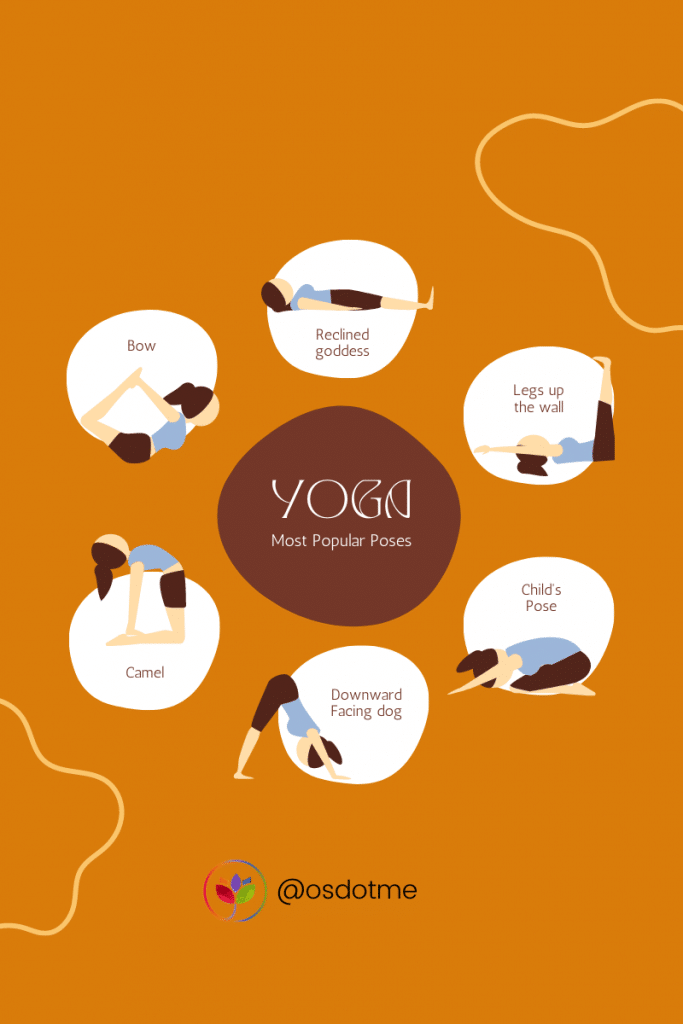
While there are many hundreds of yoga poses, there are a few that stand out for their simplicity and popularity. Here are some basic yoga poses for beginners. If you are exploring yoga, these poses will help kickstart your journey. If you are an advanced practitioner, these poses will serve as a nice refresher:
Downward-Facing Dog (Adhomukhasvanasana):
Arguably the face of yoga posture, the downward-facing dog is a great way to open your spine, hamstrings and shoulders. A nearly full-body stretch, you are sure to feel the burn in a few seconds!
Tree (Vrikshasana):
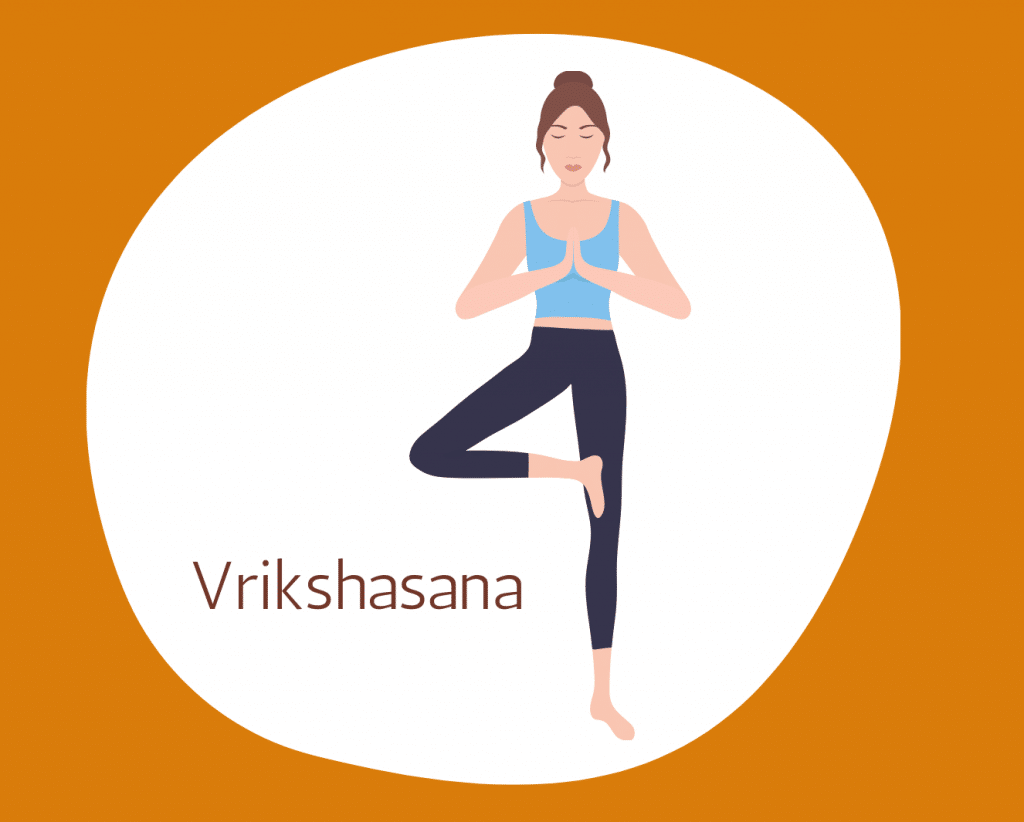
The tree pose hits two birds with one stone – it brings about balance and strengthens the arches of the feet, not to mention the outer hips. And another benefit – it’s a wonderful concentrative technique!
Butterfly/Bound Ankle (Baddhakonsana):
If you’ve ever wondered how a butterfly flaps its wings, this pose has got you covered! It’s a powerful way to stretch out the inner thighs and groin while also relaxing the body.
Camel (Ustrasana):
Ever wonder why this pose is called the camel? Some say it resembles a camel’s hump while others say it mimics the movement of a camel bending its knees and folding its legs before sitting down. The right answer – it doesn’t matter as long as you know that this remarkable pose stretches out the entire front of your body, including your throat while also strengthening the back muscles.
Now that’s a hum(p)dinger of a pose!
Corpse (Shavasana):
Is there a feeling better than flopping down on your bed at the end of a long day? The corpse pose may just provide stiff competition! While you splay your body out on the mat like a starfish, the posture allows you to absorb the session and its benefits.
Yoga in Daily Living:
Just like we brush, bathe and go to work or school, so too can exercise become a part of our daily lives.
While yoga is, as mentioned above, a holistic practice to bring its practitioner to complete union, focusing only on the physical aspect brings about a lot of changes.
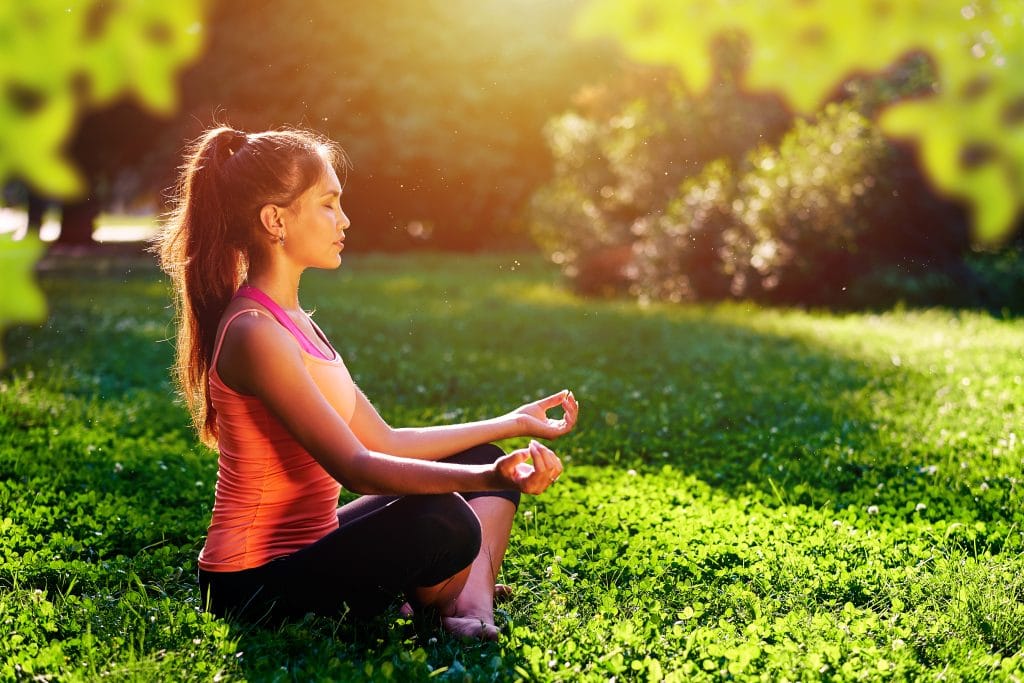
Why not jump out of bed and roll out your yoga mat, first thing in the morning?
If that timing doesn’t work for you, here’s an even better option – stretch out your day just before you go to sleep by jumping on the mat for just a few minutes!
Even 10 minutes makes a huge difference. Cut down your time on the phone and you’ll be surprised at how much your day opens up.
Once yoga becomes a part of your life and you begin experiencing its benefits for yourself, there will be no turning back.
Try it to believe it.
In Conclusion:
This is not your typical conclusion, urging you to try yoga (that’s already been taken care of above 😊).
Here’s a myth-breaker instead: a person who practices yogasana is not called a yogi. Such a person is only called a practitioner of yogasana.
As we already know, a yogi is one who has attained nirvana.
That’s the ultimate goal. Until then – yogasana is a great starting point.
If you are interested in purchasing a copy of Patanjali’s Yoga Sutras, you can find it here. The Kindle edition may be a better buy for the flow of reading.
FREQUENTLY ASKED QUESTIONS
What is enlightenment, that ever-elusive state that yoga takes us towards? Is it really as transformative as the ancient sages said?
The following FAQs delve deeper into the concept of nirvana and how it is very much a reality, even in today’s fast-paced, digital world. It is, in fact, the only reality. It was, it is and it will be.
1. What is enlightenment?
Sometimes I find it challenging to explain to seekers that true enlightenment is not a one-off special moment, but more a culmination of lifelong experiences and practices that result in the dawning of a great insight.
Being a jivan-mukta, a liberated soul, or an enlightened person does not relieve one of his/her duties. Self-realization is not, as Eknath Easwaran put it, a compensation for one’s good deeds. It is but simply an outlook towards life that you gain from experiential understanding.
As the famous Zen saying goes, “Before enlightenment: chop wood, fetch water. After enlightenment: chop wood, fetch water.”
Liberation is not plonking a glorious flag on top of Mount Everest, it is but a mindful and diligent journey meandering through many treks and hikes, stopping and camping along the way, meeting and greeting fellow travelers, absorbing the breathtaking views, appreciating the challenges, rejoicing in where you are already.
All this while you remain inward focused but goal-oriented.
Enlightenment is an ongoing affair.
2. What are the 4 aspects of liberation?
The quest for freedom is the ultimate journey. The soul yearns for liberation; we want to be free in love, in our dreams, hopes, and pursuits. There are four aspects of liberation in terms of life or death:
- Be grateful for what you have; it makes you content.
- Be mindful of what you think, say, and do; it helps you evolve.
- Be kind to those around you; it makes you human.
- Be open to possibilities; a closed mind suffocates itself rather quickly, which by its very definition, is the opposite of freedom.
The Right to Die speaks about how the luxury to die at a time of your choosing is reserved for the one who has perfected the art of yoga and attained a certain oneness with the universe. Even in that case, the yogin often sacrifices this choice for the better good of this world. For, how can there be any fear of death for a liberated soul?
3. What are the 4 truths of life?
When I was on my journey of self-discovery, it had felt the most important thing to me in the world and it was (for me). I had an opinion on what it would be like and what it meant to me. But, ten years on, I view the world and my journey a bit differently.
To that effect, if I were to pen down the four noble truths of human existence, they would be as follows:
- We are forever changing: If you think, as I used to at one time, that self-realization is some sort of a final state. That once you have it, that’s it. I’m sorry to tell you that it’s one of the greatest misconceptions of all time.
- Awakening is a shift in perspective: It’s immaterial whether you gain that life-transforming realization by intense meditation in the Himalayas or looking at the face of your loved one in a cafe, or God forbid, in sickness or in a road accident. What matters is something else altogether.
- We don’t matter: Ultimately, my existence or presence doesn’t make an iota of difference in the workings of the Universe. Every physical body will perish one day.
- Nothing matters, eventually: Whatever our beliefs, possessions, or achievements, ultimately nothing matters. All that gives you grief today, one day it will just not matter.
The Four Noble Truths expounds on the statements above.
4. What is the whole point of nirvana?
My mother’s mother was an incredibly simple lady who spent her life in service. Every saint coming to that town would make a stop at her home. Every afternoon, she would mop the temple floor. She died at the ripe old age of 92.
Her skin was as soft as a baby’s; there was some tenderness that gave away her age but not a deep wrinkle. And she passed away exactly as she had lived: peacefully. No diabetes, no hypertension, no heart issues, no joint pains, no body aches. Perfectly fit.
She never bothered with any tantra or sadhana. Her life was a prayer.
It is when we fail to appreciate the beauty of life, that we look to engage ourselves in lifeless pursuits. Nothing wrong with that at all. In fact, I fully agree that an intelligent mind can find this simplicity all too familiar, and, therefore, boring.
Yet, the truth is, all sadhanas, whether that be kundalini, tantra, mantra, meditation, or any other, are designed so I fall in love with life. That’s the whole idea. Enlightenment is being in love with life.
The more I am in love with my life, the bigger my heart will be to practice compassion and loving-kindness towards others.
But remember, The Gates of Shambhala knock only once.
5. Is a guru really necessary to attain liberation?
What is the benefit of having a guru to guide you on the spiritual path? Is his presence required at all?
The video below speaks about what a guru can do to make the path easeful for a seeker. In the end, however, we must walk the path ourselves if we wish for the experience of God.

Timeline:
- 0:39: Stories of how the Guru imparts knowledge
- 4:02: Guru Kripa
- 7:33: The guru-disciple relationship
- 9:09: A Naga Baba story
- 10:59: Walk the path for the experience

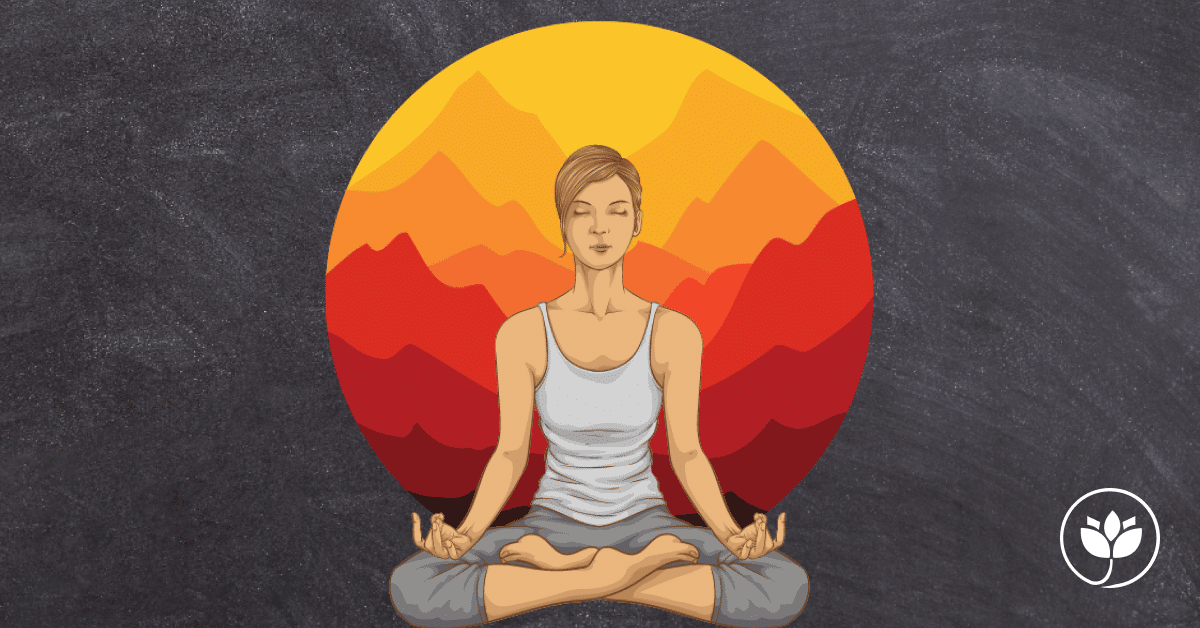

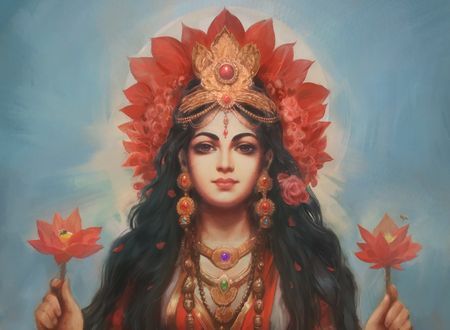

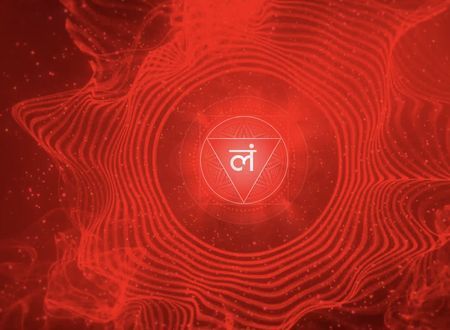



Comments & Discussion
2 COMMENTS
Please login to read members' comments and participate in the discussion.